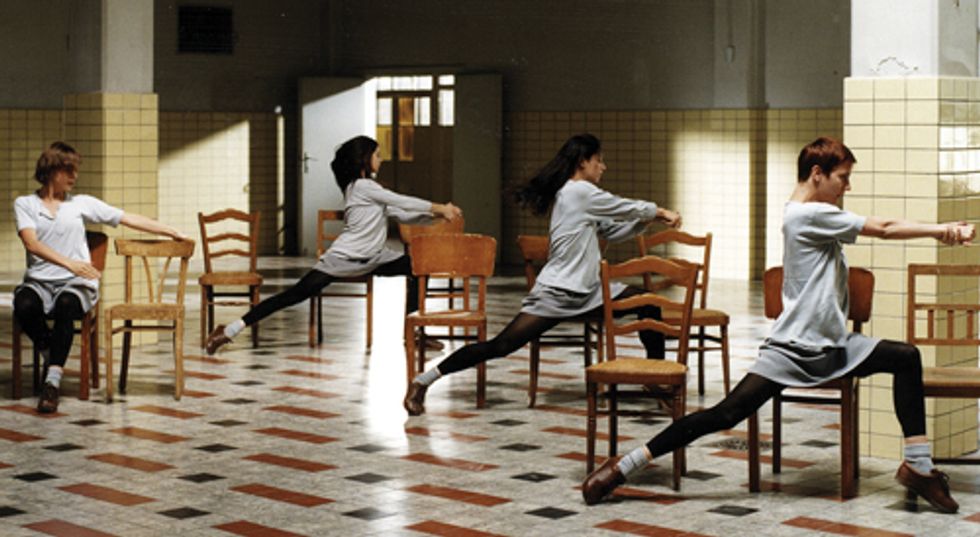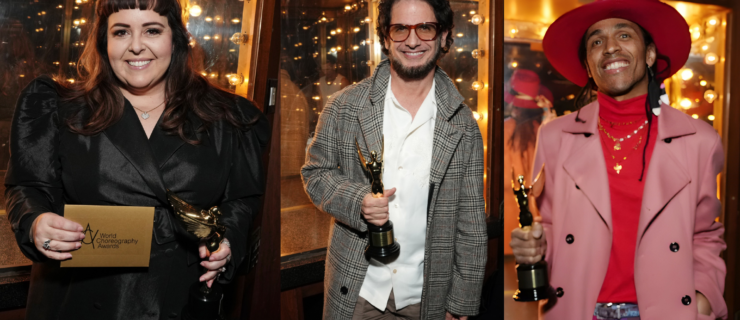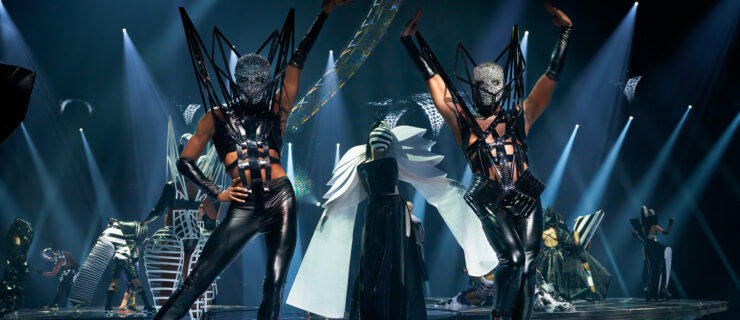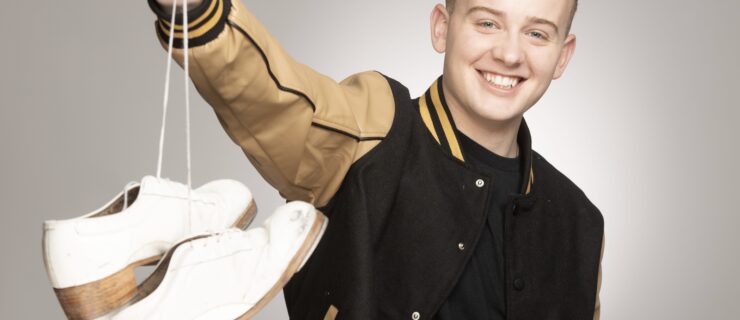The Plagiarism Problem

Critics noticed remarkable similarities between Anne Teresa de Keersmaeker’s Rosas Danst Rosas, pictured here, and sections of Beyoncé’s “Countdown” video. (©Herman Sorgeloos)
When the music video for Beyoncé’s hit song “Countdown” premiered last fall, fans were charmed, not alarmed, by its references to Audrey Hepburn’s zany dancing in Funny Face and its incorporation of popular dance styles from the ’60s and ’70s. But then a video mashup appeared comparing sections of “Countdown” to works by Belgian dancemaker Anne Teresa de Keersmaeker, and many cried foul: Some of the choreography, sets and costumes in Beyoncé’s video appeared to copy de Keersmaeker’s work exactly. When faced with accusations of plagiarism, Beyoncé defended herself by explaining that she’d used de Keersmaeker’s work as inspiration. But de Keersmaeker wasn’t impressed. Taking the choreography out of context “robbed it of its original power,” she said.
The “‘Countdown’ controversy” is the perfect example of the murky waters choreographers wade into when searching for ideas. The saying “imitation is the sincerest form of flattery” may be true, but that doesn’t mean you can look at someone else’s creation, tweak it a little and call it your own. Then again, all new ideas come from somewhere—so where do we draw the line? When it comes to choreography, what’s the difference between being inspired and stealing?
Copycat Consequences
While the universal technique of classical ballet makes for a slightly more accepted tradition of borrowing (who can say they own “piqué, glissade, jeté”?), modern and contemporary choreographers often speak a language all their own. “You can be
inspired by choreographers from Merce Cunningham to de Keersmaeker,” says Kitty Daniels, chair of Cornish College of the Arts’ dance department. “But to duplicate their movement phrases exactly is a violation of intellectual property rights.”
That said, intellectual property rights, especially when it comes to dance, are incredibly complicated. Without a clear legal definition of “dance plagiarism,” it’s difficult for choreographers who feel they’ve been ripped off to retaliate. Established artists can sometimes protect themselves by copyrighting their work (and stealing from copyrighted works, such as George Balanchine’s ballets, can land you in court). But amateurs—particularly on the competition circuit—can’t do much when they’re copied, and often end up feeling hurt and discouraged. Kelly Burke of Westchester Dance Academy has seen her pieces being videotaped by audience members planning to copy the routine, music and costumes. “Obviously that takes finding inspiration to an unacceptable level,” she says.
Even well-known artists sometimes find themselves helpless against plagiarism. Choreographer Mandy Moore recently saw her work replicated on a foreign version of “Dancing with the Stars”—without her prior knowledge or permission. “I was disappointed more than anything,” she says. “I felt sorry for the choreographer who wasn’t creative enough to take what they liked about my piece and allow it to help them move in their own way.”
Inspiration, Not Imitation
So how do you make the leap from admiring someone else’s work to making work that is your very own—inspired by what you’ve seen, but with your personal stamp? Kaylee Turner, a student at The Dance Zone in Henderson, NV, says that she and her teammates reference “movies, videos or a certain era to channel a character or get into a mind frame that everyone on the team can relate to.” Then they use their individual strengths to elaborate on the basic movements, making them unique. “For example, I’m a grounded dancer, so to put my own spin on a movement, I would probably use my plié,” she says. “Or if I’m working with dancers who have nice extension, I’ll add phrases that emphasize that stretch.”
Troy Ogilvie, a dancer with contemporary company Gallim Dance, points out that when it comes to inspiration vs. plagiarism, context matters—a lot. “Using elements is different than using a whole package,” she says. Taking a short phrase here or there from a piece or imitating its overall style is usually acceptable. But “when bigger sections of a work are severed from the original, the original creator is put in the awkward situation of past ownership of a now warped message,” Ogilvie says—and that’s when things get tricky.
Moore thinks that with the extraordinary amount of dance everyone sees online and on TV shows, it’s possible that choreographers don’t even realize they’re plagiarizing. “Sometimes the copying is subconscious—people regurgitate movement they’ve seen repeatedly and think it’s their own,” she says. Be mindful about the way you use your DVR queue or online videos while preparing choreo. It’s OK to watch an amazing dance over and over, but make sure its style isn’t drowning out your own voice.
Ultimately, context and intention are what make the difference between using someone else’s work to inspire your own creativity and merely recycling what’s already been done. Be honest with yourself as a choreographer. Use the fantastic tools that are out there, but as Burke says, “Let’s embrace and learn from others, not copy them.”




